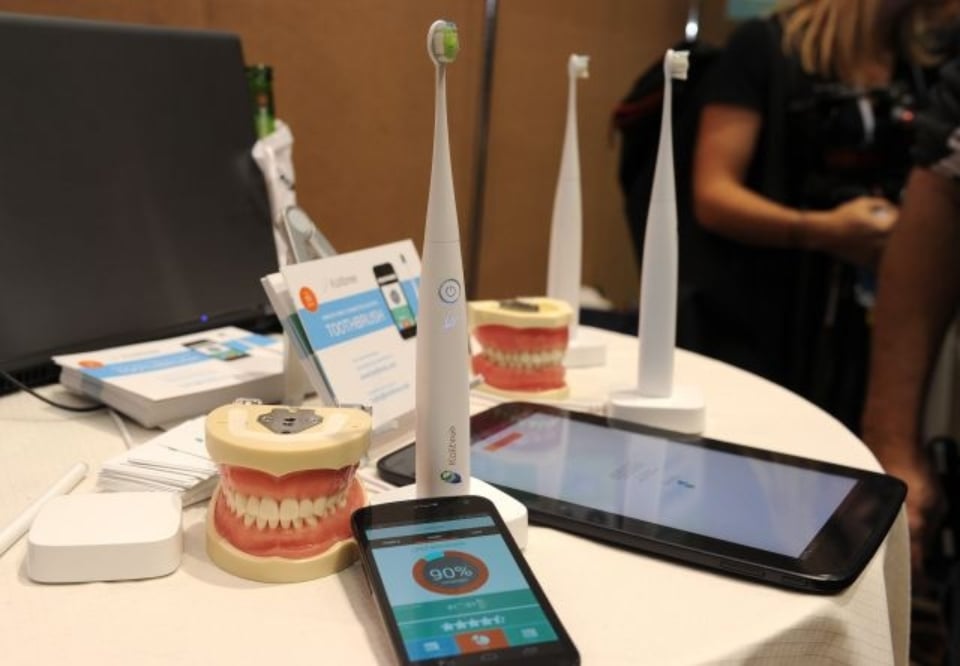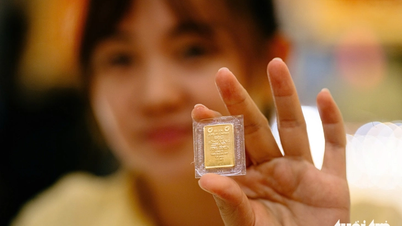A DDoS attack using a smart toothbrush botnet has paralyzed the operations of a Swiss company, causing millions of dollars in damage. The publication did not provide many details, but the Java language, which is quite popular in the Internet of Things (IoT) segment of devices, was used to attack the smart toothbrushes. After the infection, the attackers launched an attack.

Smart toothbrushes are popular today.
Smart toothbrushes with modified firmware were targeted in the attack, flooding the Swiss company's website with bogus traffic, disabling services and causing major outages.
The incident highlights that with the widespread deployment of IoT devices, threats are constantly expanding. Smart toothbrushes, which have been around for a decade and were seemingly innocuous and outside the digital ecosystem, are now becoming potential entry points for cybercriminals. This could have significant consequences for user privacy and security, as well as for national infrastructure and economic stability.
Experts warn that many IoT devices are inherently insecure for two main reasons: a lack of concern about their safety and a lack of interfaces that would enhance security measures. For example, smart toothbrushes have no security settings, and users cannot install anti-virus software on refrigerators.
In some cases, basic digital security standards will help protect users. For example, people should not charge IoT devices via public USB ports as they can be used for hacking. Similarly, be wary of public Wi-Fi networks. Unless absolutely necessary, users can do without an internet-connected device. If a Smart TV that requires the same connectivity as a smartphone is necessary, then an internet-connected washing machine, iron or toothbrush is probably overkill.
Source link




![[Photo] Closing ceremony of the 18th Congress of Hanoi Party Committee](https://vphoto.vietnam.vn/thumb/1200x675/vietnam/resource/IMAGE/2025/10/17/1760704850107_ndo_br_1-jpg.webp)































![[Photo] Nhan Dan Newspaper launches “Fatherland in the Heart: The Concert Film”](https://vphoto.vietnam.vn/thumb/1200x675/vietnam/resource/IMAGE/2025/10/16/1760622132545_thiet-ke-chua-co-ten-36-png.webp)











































































Comment (0)